5 Tips for Moving Your Career Forward as a Health and Physical Education Teacher
SHAPE America
AUGUST 11, 2022
These notes became the foundation for a two-part series we would later write for the Journal of Physical Education, Recreation & Dance (JOPERD), “Transitioning From Students of Teaching to Teachers of Students.”. Reflection and honest self-assessment often reveal painful truths about our true willingness to move forward and adapt.

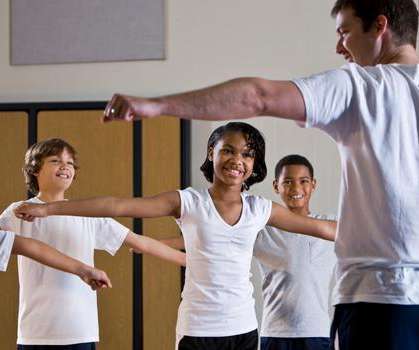
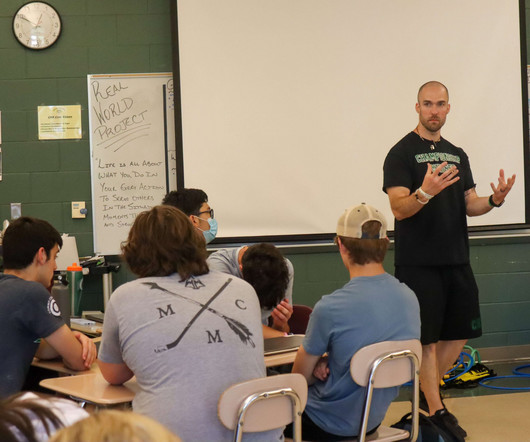
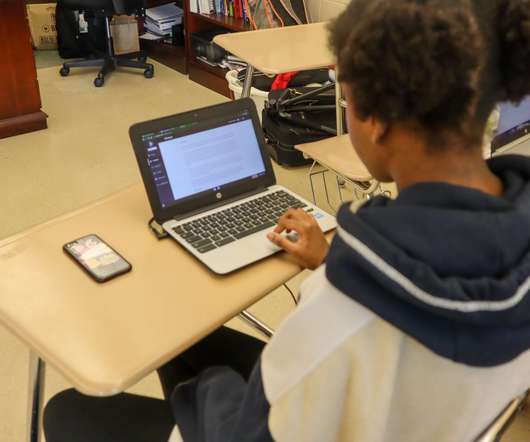
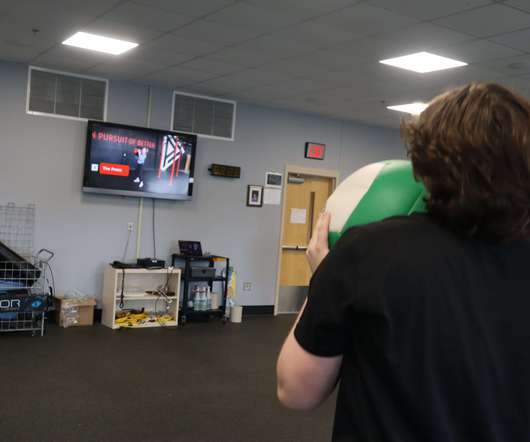
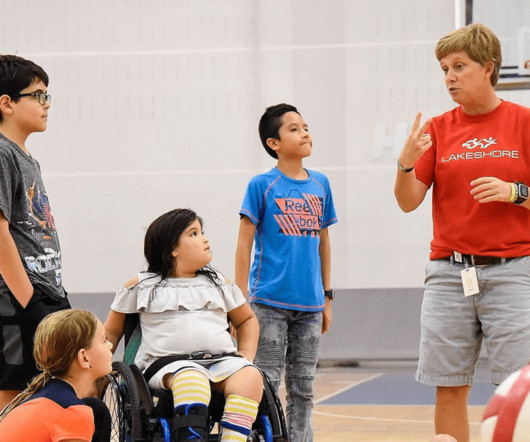
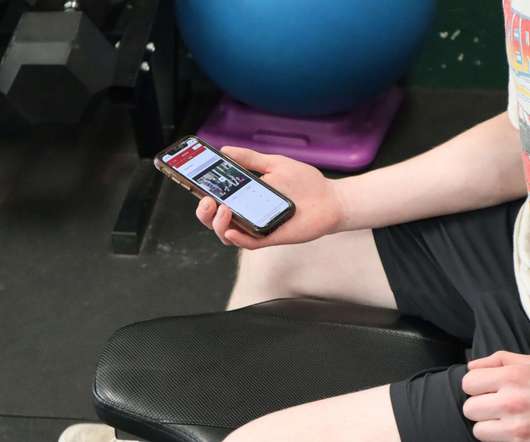
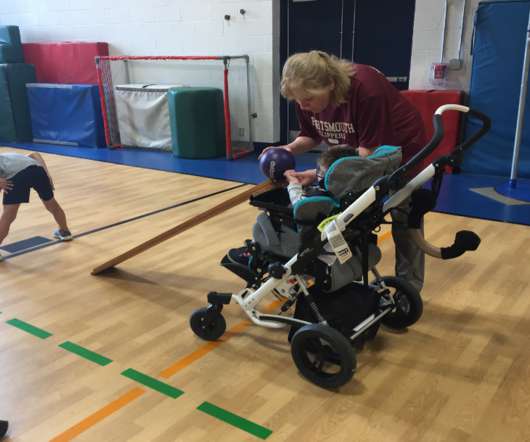
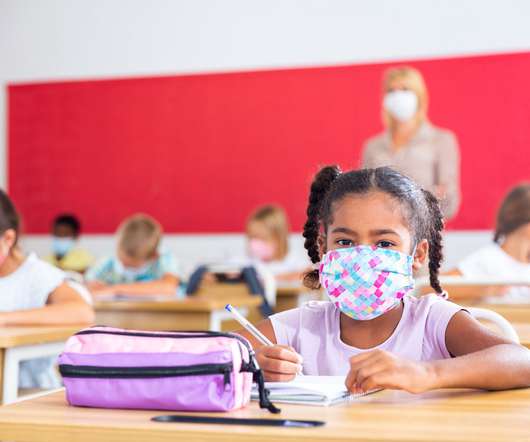






Let's personalize your content